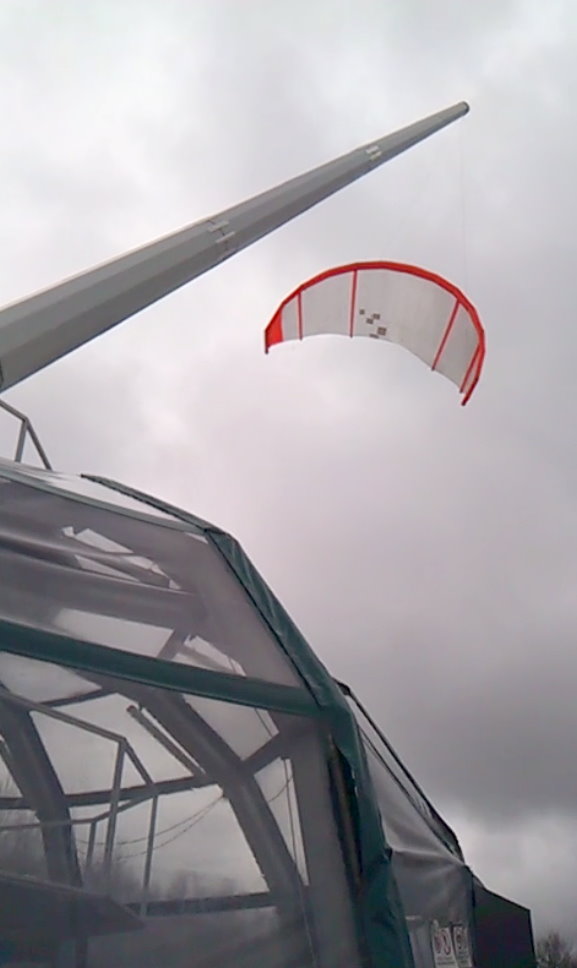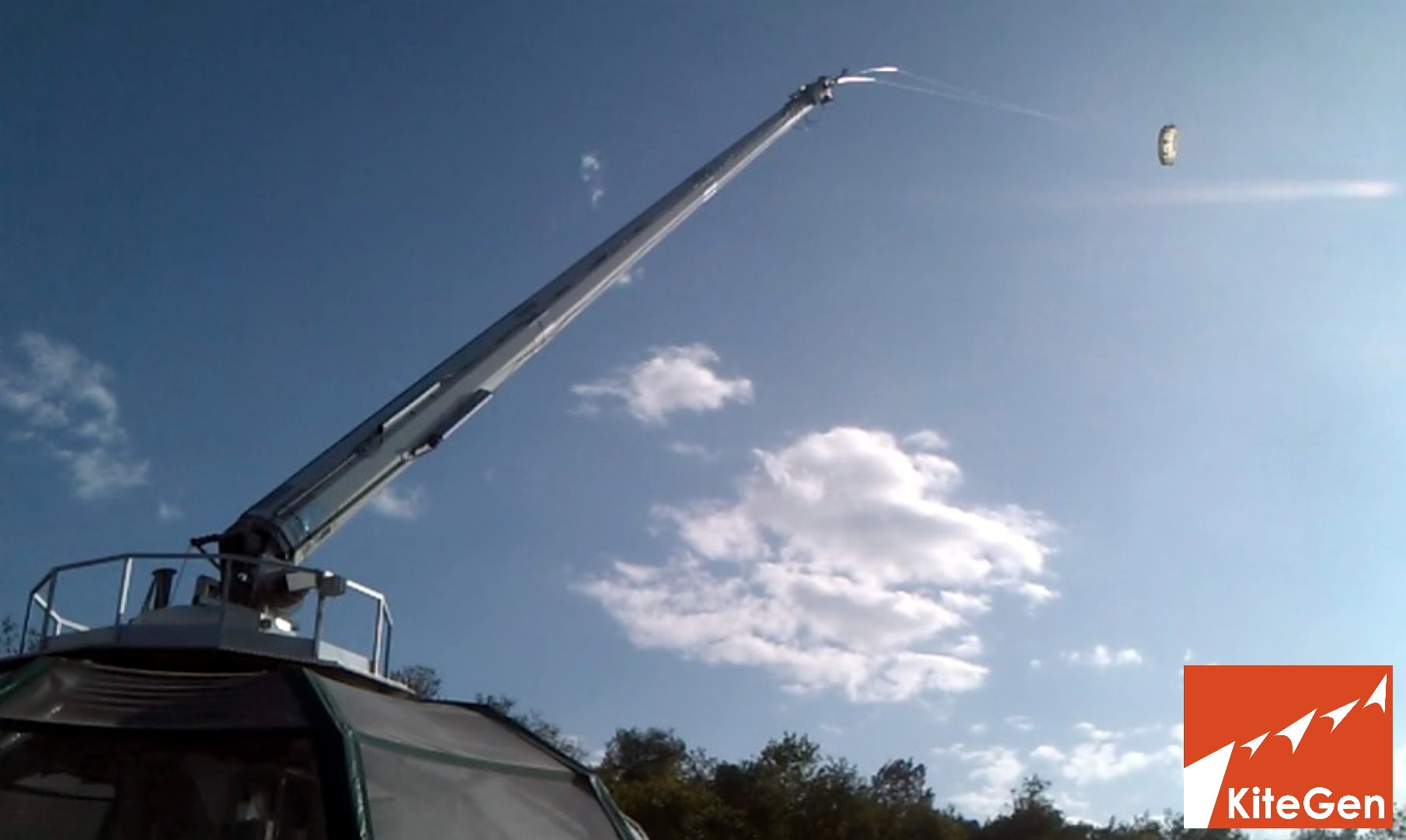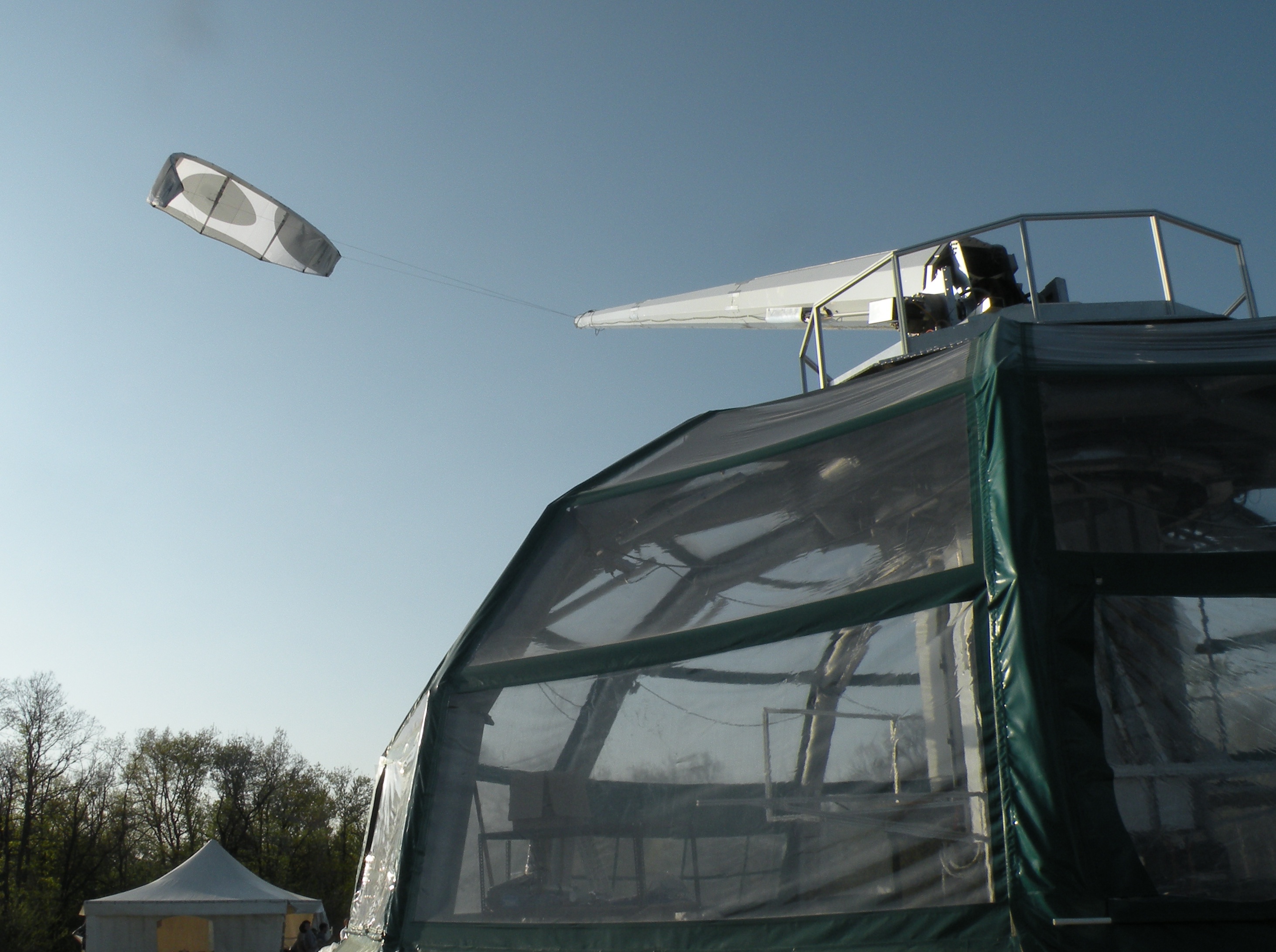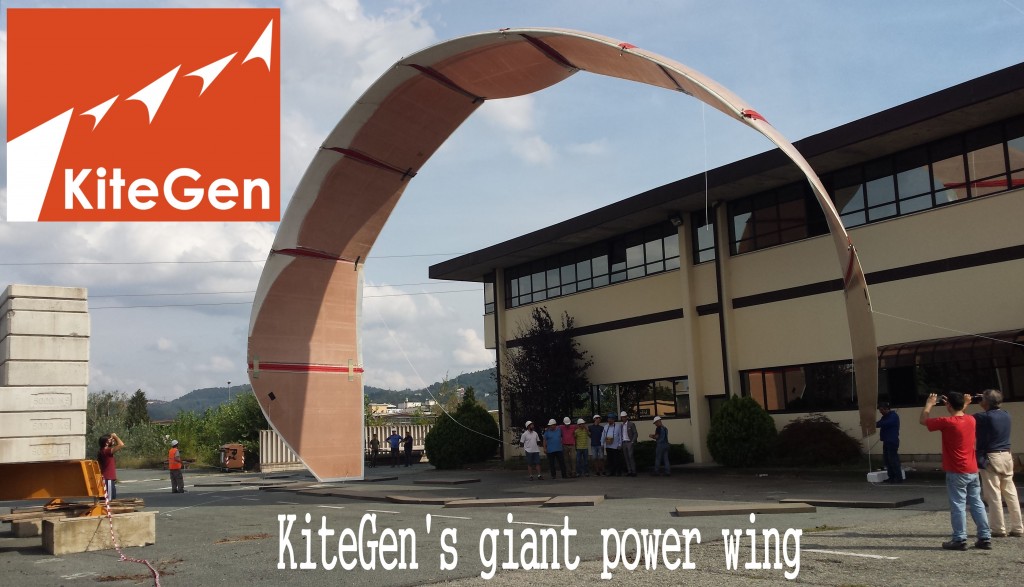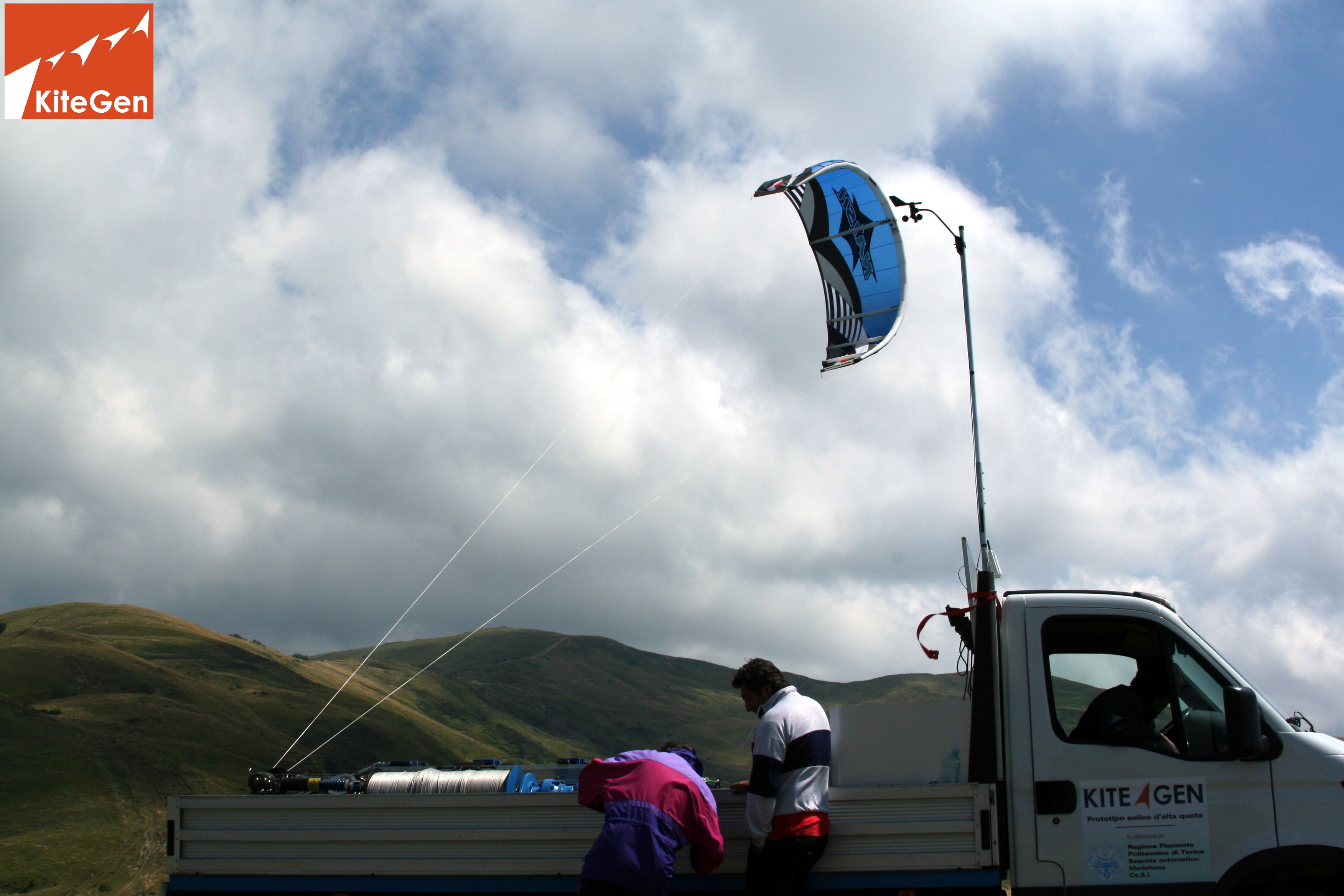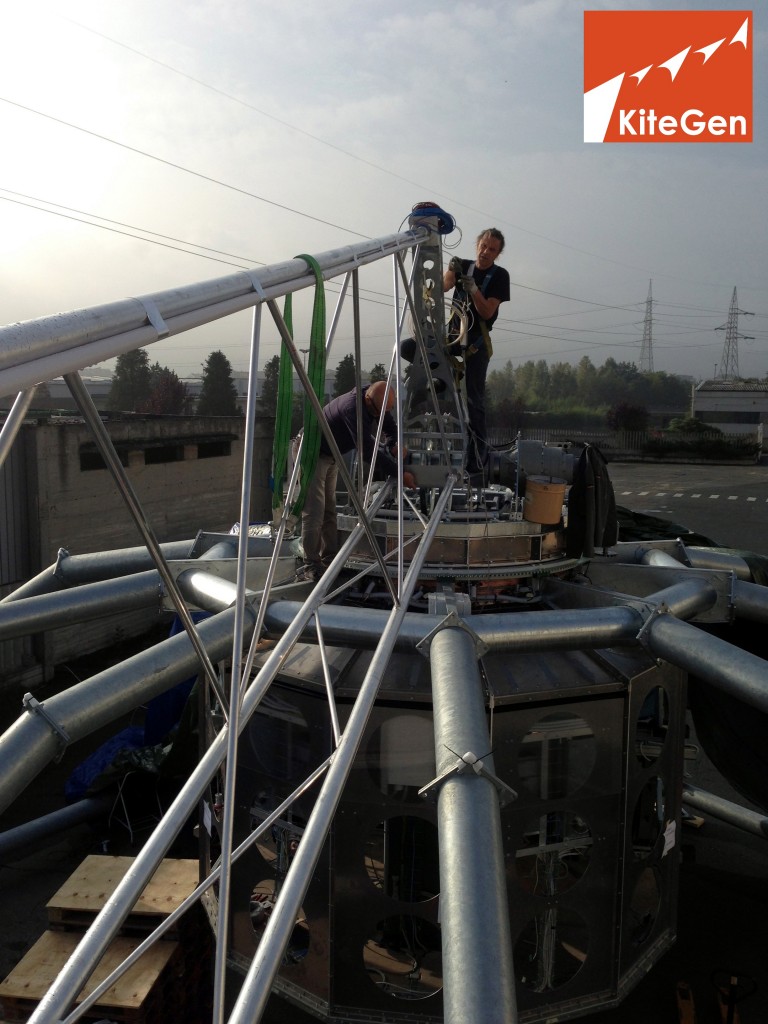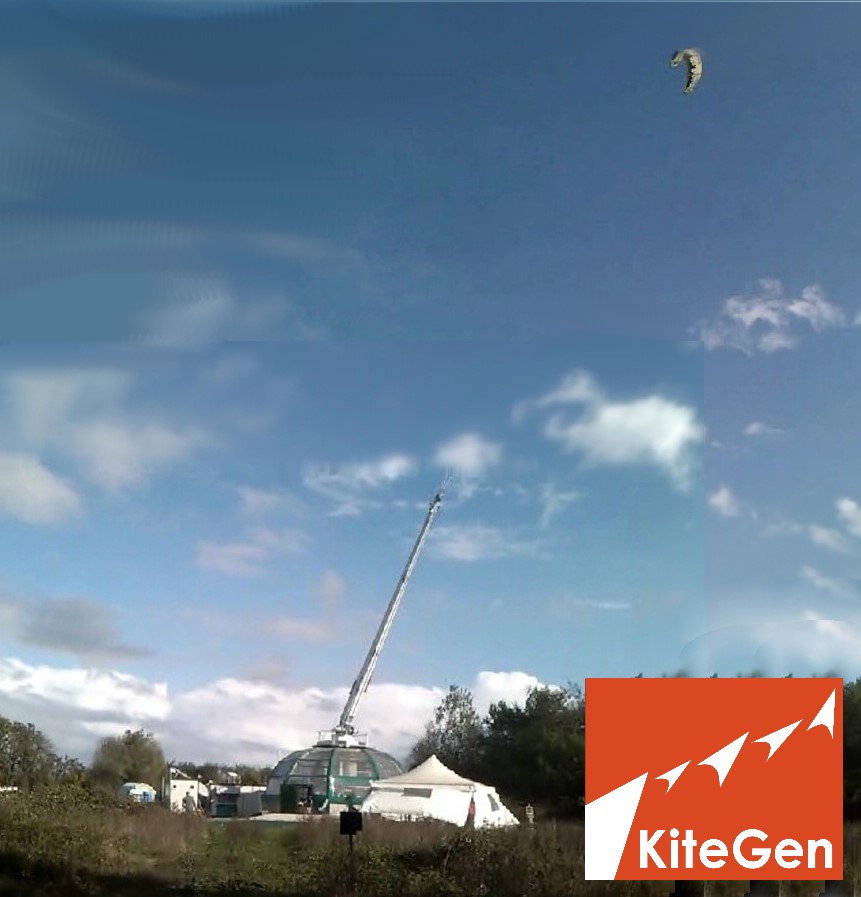La prestigiosa Nature Scientific Reports ha pubblicato lo studio
da cui abbiamo estratto la mappa delle medie dei wind speed maxima (WSM) qui sotto riportata
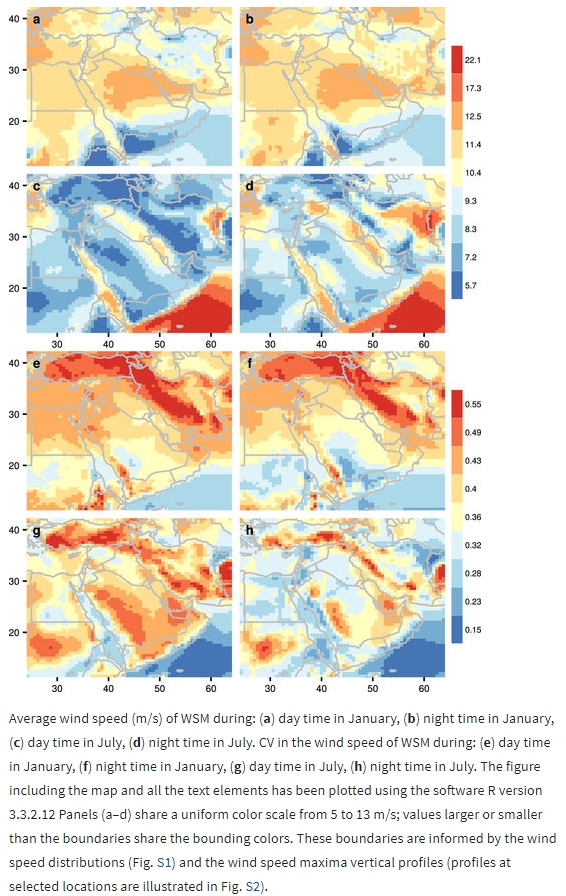
Scopo dello studio è la caratterizzazione della risorsa venti d’alta quota sulla regione mediorientale, con particolare attenzione ai paesi della Penisola Araba, e la stima del potenziale di produzione di energia elettrica utilizzando la tecnologia KiteGen con unità da 3 MW. Questo studio è parte delle iniziative finanziate nell’ambito della collaborazione tra KiteGen e SABIC, azienda controllata dal Ministero del Tesoro del Regno Saudita, per lo studio e lo sviluppo della fonte energetica troposferica. Lo studio conclude che la risorsa energetica vento troposferico disponibile sul medio oriente è superiore alla risorsa di idrocarburi presente nella stessa regione e che la tecnologia dell’eolico troposferico potrebbe fornire gran parte della produzione di energia elettrica dei paesi del Golfo.
Il Comitato Scientifico di KiteGen, guidato dal Prof.Giancarlo Abbate dell’Università Federico II di Napoli ha collaborato con il team della King Abdullah University of Science and Technology (KAUST ) per fornire gli elementi di valutazione. Purtroppo la pubblicazione contiene ancora errori, imprecisioni e sottostime che mostrano un potenziale di sviluppo della produzione di energia dalla troposfera, ancorchè grande, minore di quello che è in realtà; in particolare pesa il presupposto di dover distanziare gli impianti di 10 km l’uno dall’altro; tale distanza è di un fattore di diversi ordini più grande del necessario, portando gli Autori a sottostimare di un similare fattore il potenziale di produzione di energia elettrica. Siamo abituati a rilevare, persino in pubblicazioni scientifiche, un generico atteggiamento superficiale ed irresponsabile nei confronti di un progetto che, pur avendo risolto tutti i nodi scientifici e tecnologici di fattibilità industriale, per la sua diffusa percezione di “bizzarra e troppo ambiziosa idea imprenditoriale” che di fatto non è e non può, pertanto, permettersi leggerezze ed imprecisioni nella esposizione. Viene da dire che sarebbe opportuno “fare i compiti a casa” per tutti quei soggetti, da Bill Gates ad Irena (che hanno diffuso la sensazione che l’energia dagli high winds sia qualcosa di molto importante che si concretizzerà in un futuro non troppo vicino) e le varie società di consulenza che in questi ultimi anni hanno prodotto report e surveys sulle tecnologie eoliche troposferiche, ma mancando delle competenze per fornire una informazione completa e corretta.
Per cui ci ripromettiamo di essere più assidui nella comunicazione e tentiamo di rimediare pubblicando di seguito il testo in forma di rebuttal inviato a Nature ed agli Autori, con i commenti del Comitato Scientifico.
Comment #1. At page 1, second paragraph (3 lines before the end) we can read “Active projects include
KiteGen (drag) and Makani (lift)”. This is clearly a typing error, because in the following line the authors
write that KiteGen is in the development of a ground-based device, and Makani is working on an onboard
generator, while in the preceding lines they write “There are currently two major types of AWE
generators: drag type devices with generators on board with a tether that transmits electrical power,
and lift type devices that transmit mechanical power in reeling the tether connected to a ground based
generator.” So, probably the authors would have written: “Active projects include KiteGen (lift) and
Makani (drag)”.
Comment #2. This is closely connected to comment #1. In the sentence about drag type and lift type
devices, the authors seem to classify the two types with the kind of power generation, identifying onboard
generation with drag device and ground-based generation with lift device. Actually, this is not
the case. Giving per granted the definitions of lift and drag in aerodynamics (from Wikipedia: “A fluid
flowing past the surface of a body exerts a force on it. Lift is the component of this force that is perpendicular to
the oncoming flow direction. It contrasts with the drag force, which is the component of the surface force parallel
to the flow direction.), it is out of doubt that may exist on-board generators based on lift forces, as well
as ground-based generators. In fact, as far as I know, both KiteGen and Makani are lift type devices. So,
all the last part of the second paragraph at page 1 is confusing or not correct.
Comment #3. At page 9, in the Section Deployment Assumptions, the second bullet is about system
density and is the following: “System density: calculated based on how many AWE systems can be deployed in
an area. Assuming that a fully extended tether to reach any altitude within the chosen portion of the boundary
layer is 3 km, one unit of AWES is allowed in each 10 km × 10 km grid cell.” Now, it seems that the assumption
is about the tether length, and this sounds reasonable. But, actually, the strongest assumption is about
the 10 km × 10 km grid cell needed to host a single AWES. This assumption does not appear reasonable
and is in striking disagreement with the estimates given and documented by the company that is
developing the 3 MW generator (KiteGen). The disagreement is by four orders of magnitude, so huge
that a deep rethinking is needed, at least in my opinion.
Comment#4. In the same Section at page 9, in the third bullet “Spatial exclusions”, the proposed
constraints are very tight, and even too tight. AWES equipment is 10 to 100 times lighter then
windmills, allowing to access installation sites (like most mountainous areas) that are not available to
windmills. Although forests and wetland areas in Middle East are not so large, these might be easily
accessed for installing such light devices. For the same reason, AWES offshore generation (even deepwater)
is technically feasible and easier than offshore windmills, nevertheless marine regional areas are
not considered in this article. Even though we may consider that offshore AWES would be less
convenient than land-based installation, however it would be suitable for countries like Bahrein, having
a limited land extension and plenty of available sea area around it.

